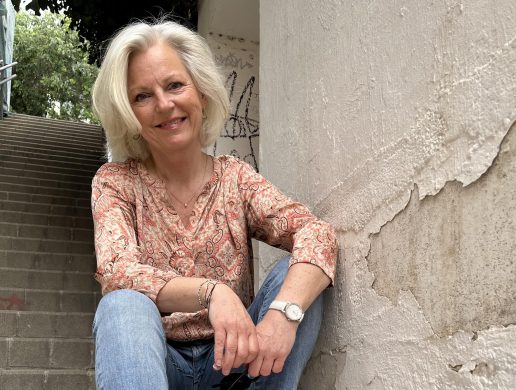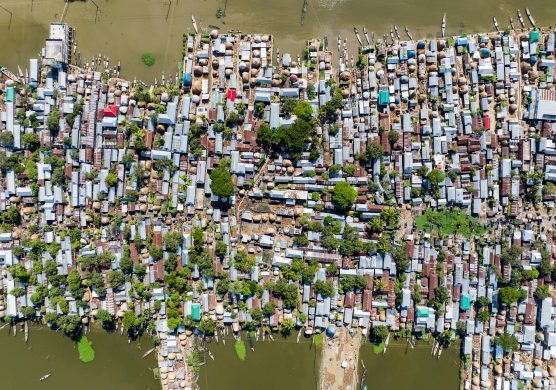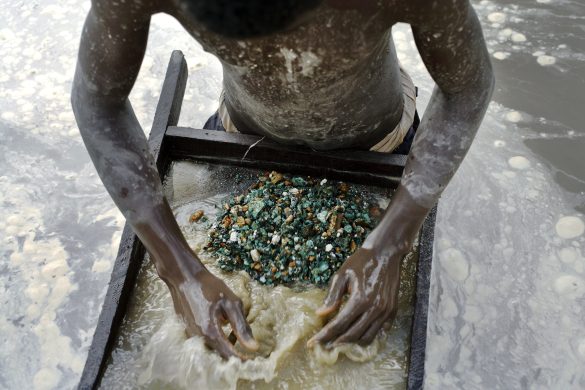CLIMATE CHANGE: Staple food crops (grundnæringsmidler) do not want global warming – and should not be taken for granted
CANCUN, 5 December 2010 (IRIN): Taking steps to control global temperatures is a key issue at the UN talks on climate change, taking place these days in Cancun, Mexico.
Within the next four decades maize prices could rise by up to 131 percent, there could be 17 million more undernourished children in the poorest countries, and some African farmers might have to give up agriculture if the planet keeps getting hotter, new studies show.
– We wanted to get countries in Cancun to take action now to keep the global temperature increase below two degrees Celsius by the turn of the century – otherwise we are headed towards a four degree rise if greenhouse gas emissions remain unchecked, said Phillip Thornton, of the Kenya-based International Livestock Research Institute (ILRI).
The Institute used climate models in a study showing the serious impact of a four-degree Celsius rise in temperature on food production in Sub-Saharan Africa by 2090s.
The Intergovernmental Panel on Climate Change (IPCC) noted in its latest assessment that a two-degree Celsius increase in global temperatures by the turn of the century would have a catastrophic effect:
* water stress in arid (tørre) and semi-arid countries,
* more floods in low-lying coastal areas,
* coastal erosion in small island states, and
* the elimination of up to 30 percent of animal and plant species.
Thornton said his study was prompted by a conference called “4 degrees and beyond” organised at Oxford University in 2009, where the UK Met Office had warned that a 4 degree increase in the global temperature was quite possible by the end of this century and even earlier.
Much academic attention in the agriculture sector has centred on 2050, by which time the global population is expected to increase from around 6,3 billion today to 9,1 billion, adding a third more mouths to feed, according to the UN Food and Agriculture Organization (FAO).
A comprehensive study led by Gerald Nelson and Mark Rosegrant of the International Food Policy Research Institute (IFPRI), projected the possible impact of climate change on three of the world’s main staple foods – maize, rice and wheat – from 2010 to 2050.
The study used various combinations of income and population growth juxtaposed with temperature and rainfall levels ranging from slightly to substantially wetter and hotter. Crop yields and prices fared best when global temperatures rose by one degree Celsius by 2050, IFPRI noted.
Other scenarios saw rice yields plunging and maize production dropping considerably, even in countries such as the United States of America, while prices of the staples soared.
The IFPRI study showed that a perfect scenario of sustained higher incomes, lower population growth and effective cuts in greenhouse gas emissions had a dramatic effect on the number of malnourished children in developing countries, bringing it down by 45 percent between 2010 and 2050.
Incomes help
Læs videre på http://www.irinnews.org/Report.aspx?ReportID=91292














